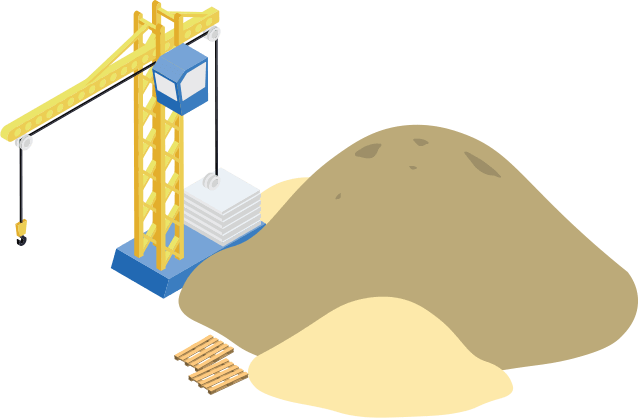In my previous post, we explored backlinks and whether or not they were still relevant (if you missed it, you can find it here). Now it’s time to roll up our sleeves and get to work.
The idea of campaigning for links can seem overwhelming, especially since we don’t want to take any shortcuts here. Of course, there’s always that sketchy company ready and willing to sell you a boatload of links. But, ask the millions of webmasters who have suffered from a manual penalty if it’s really worth it.
First things first, we need to establish our goals and what we expect to accomplish with our efforts. We’ll do this in the form of a strategy. Sounds simple, right? Let’s not get ahead of ourselves, though. We need to understand the current condition of our site and take a look at where our top competitors stand. Then, we can start to search for and obtain fresh links.
Review Your SEO
Perform a technical SEO audit, and review the entire strategy for your site. Having these ducks in a row is critical to your link building campaign. In fact, this won’t just help to make sure you’re on track to start your link building campaign, you may uncover some issues that were negatively impacting your rankings that you didn’t even know were there.
A proper site audit should uncover:
- Any technical issues, including crawling and indexing problems, slow loading time and pages speed, incorrect schema, missing title tags and descriptions, etc.
- Missed internal linking opportunities, an essential part of an effective link building campaign
- Site errors caused by redesigns or migrations (404s, redirect loops, and so on)
- Potential linkable assets that could be valuable to your audience
- Gaps in content, where there is potential for linkable assets to fill a hole
The point of all this simple: no amount of links will help boost your rankings if there is a larger issue holding you back. For example, if Google can’t properly crawl your site.
Review Your Current Strategy (if you have one)
If you have a current link strategy, now is the time to give it a quick once-over. Before you can start developing an updated strategy for the coming year, you should look back and review what worked and what didn’t. How did you secure those links? Was one process more effective than another? Which pages were the most appealing?
If you’re launching a new campaign, you should look back at your existing backlinks. And, in either case, you should review your link profile and ask yourself the following:
- What type of sites link to yours the most?
- Which pages have the most links? What do they have in common?
- What boosted your link building efforts? What led to links?
- Which tactics were unsuccessful or failed to reach expectations?
- What was your average turnaround time for securing a link?
- Did you build any relationships in the process that could be leveraged in the future?
- Are there any processes you didn’t secure a link from, but would be worth contacting in the future?
No matter if you’re currently building links, or gearing up to start a new strategy, there are important nuggets of information tucked away in your existing backlink profile that will help you build links efficiently and effectively.
And, as they say, if you fail to learn from the past, history will repeat itself.
Review Your Search Competitors
Thorough competitor analysis is an essential building block for any form of strategy development. Reviewing the competitors that link for terms you’re interested in dominating will give you a good picture of what you’re up against. It’ll help you gain a clear understanding of why these competitors are ranking, and where you’re falling short.
This step will also help you establish reasonable goals and expectations for your link building campaign, and uncover potential opportunities for fresh links.
While conducting your competitor analysis, ask yourself the following:
- How many fresh links do they have?
- How do their backlink profiles compare to yours?
- What common and successful strategies were used?
- What tactics could be useful for you in the future?
- Did you come across any potential linking opportunities?
- Were there any shifts in the competitive landscape since your last review?
- Are there any broken links pointing to your competitor’s site?
- What new industry affiliations and relationships did you discover?
A comprehensive competitor analysis is essential to developing a successful link building project, and should be revisited at least once a year. Though, in most cases, competitive analysis will be ongoing throughout the duration of your campaign.
The web is an ever-evolving, constantly shifting environment, and search competition will never cease to exist. Even as you’re working to gain more links and improve your visibility in search, your competition continues to grow and change. And, there are always new terms that you might be interested in shooting for the top on.
Need some pointers on conducting a thorough competitor analysis? This post has you covered.
Search for Potential Link Prospects
Now, you’re ready to start searching for fresh linking prospects. Building a list like this before you get started will give you a jump-start into your campaign, so you can hit the ground running. And, the data we’ve collected so far should have left us with a nice list of starting points.
It’s also a good idea to start searching for fresh opportunities, which will help get you on track for success during your campaign.
If this is your first attempt at campaigning for links, this post has some great ideas.









